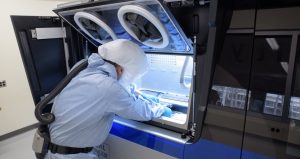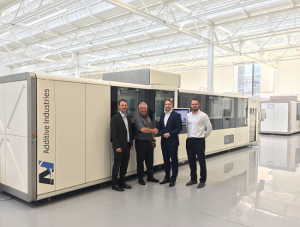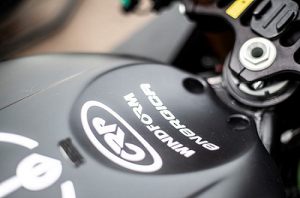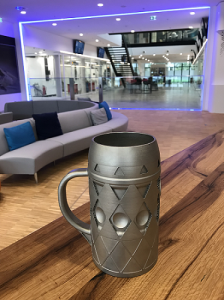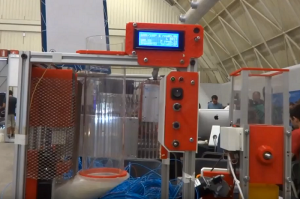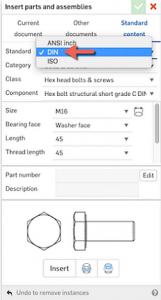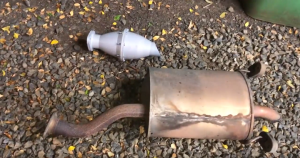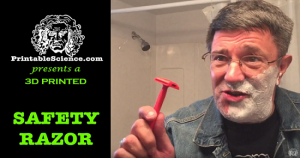What if you never had to hear, “They don’t make that part anymore” from your local mechanic?
That fantasy may soon be a reality for car owners thanks to the latest innovations at auto parts manufacturer Cummins. Having already embraced 3D-printing for heavy-duty engine repairs, the Indiana-based company recently sold their first 3D-printed auto part.
Now, they’re looking to disrupt the industry with mass production.
Industry 4.0 in 3D
The landmark part was merely a low-volume bracket, but its creation marks the beginning of Cummins’ strategy to incorporate additive manufacturing and 3D printing at a larger scale.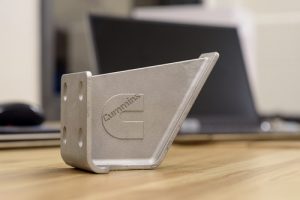
Investment into 3D printing seems like a no-brainer for Cummins: the Fortune 500 company designs diesel and natural-gas powered engines, power generators, filtration systems, turbochargers, fuel systems, and more.
Embracing 3D printing allows Cummins to “package” multiple, formerly-individual parts into one printed whole. This ensures the production of lighter, stronger, and more reliable parts, especially for components like joint assemblies and weldments. In the testing phase, the ability to just tweak the design file and then reprint also improves upon traditional manufacturing methods.
Beyond more efficient and exact analysis-led design, additive manufacturing also benefits the everyday consumer. According to Kelly R. Schmitz, Executive Director of New and ReCon Parts Engineering, “[3D printing] provides an avenue for customers looking for hard-to-find parts”, and that customers could soon get hard-to-find parts in days or weeks instead of months.
Impacts Beyond The Manufacturing Industry
Cummins’ developments could shake other industries too.
Classic car restorers are all too familiar with getting stuck needing a rare or out-of-production part, especially if they aren’t handy with metalworking themselves. 3D-printed auto parts would not only make the hobby more accessible, it would mean big business for whichever additive manufacturers can partner with well-known parts providers like McMaster-Carr and Classic Industries.
While it might be a stretch to imagine mechanics down at the local Pep Boys playing with 3D printers while your car is getting serviced, the relationship (and speed) between such businesses and their parts providers could change drastically.
Positive impacts could also be seen outside the car industry: Cummins says mass production using 3D printing would help the environment. Not only would there be less waste due to the elimination of the tool and die process, the ability to produce parts locally would cut down on the current environmental costs associated with transporting parts.
As for when we can start expecting parts in a jiffy (and not necessarily at Jiffy Lube), Cummins bets it will be faster than most of us think.
“I’m thinking as soon as five years. We are the start of a really interesting time in manufacturing,” said Director of Advanced Manufacturing Brett Boas. “With this technology, you can really unshackle the designer to do things you just can’t do using traditional forms of manufacturing.”
To prepare, Cummins has already hired their first dedicated additive manufacturing engineer—surely the first of many.
Discuss this news, and other 3D printing topics, at 3DPrintBoard.com or share your thoughts in the Facebook comments below.

